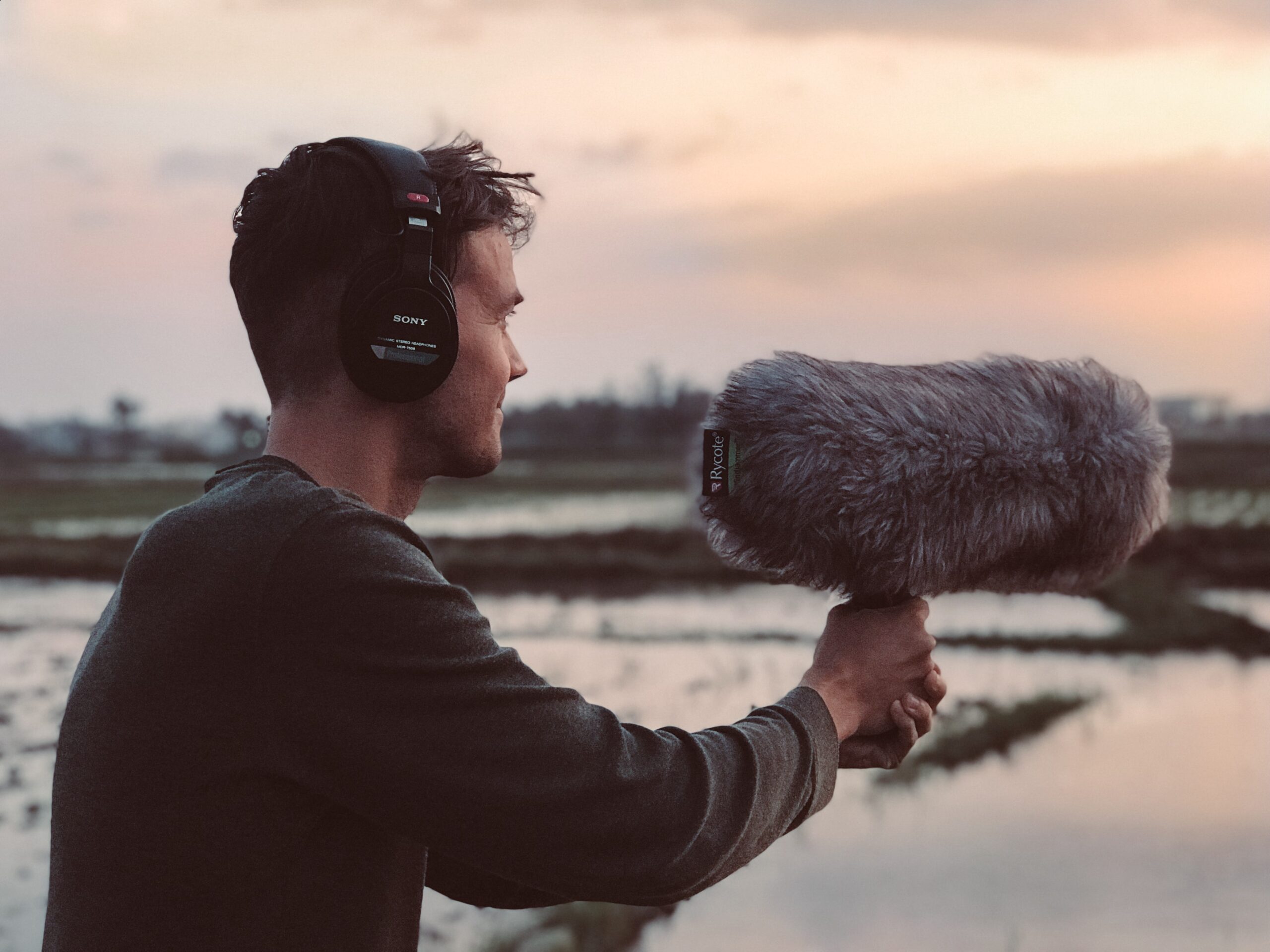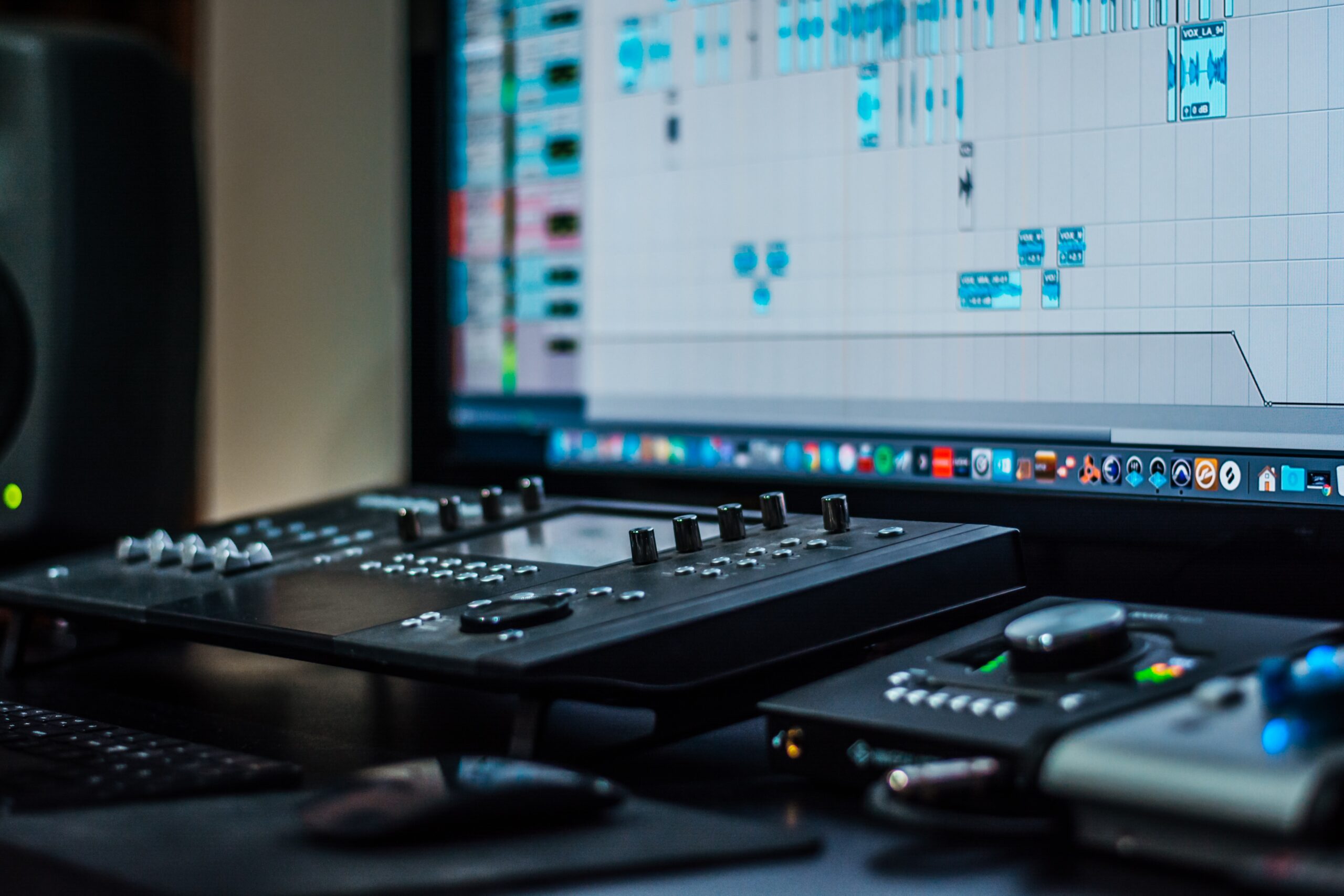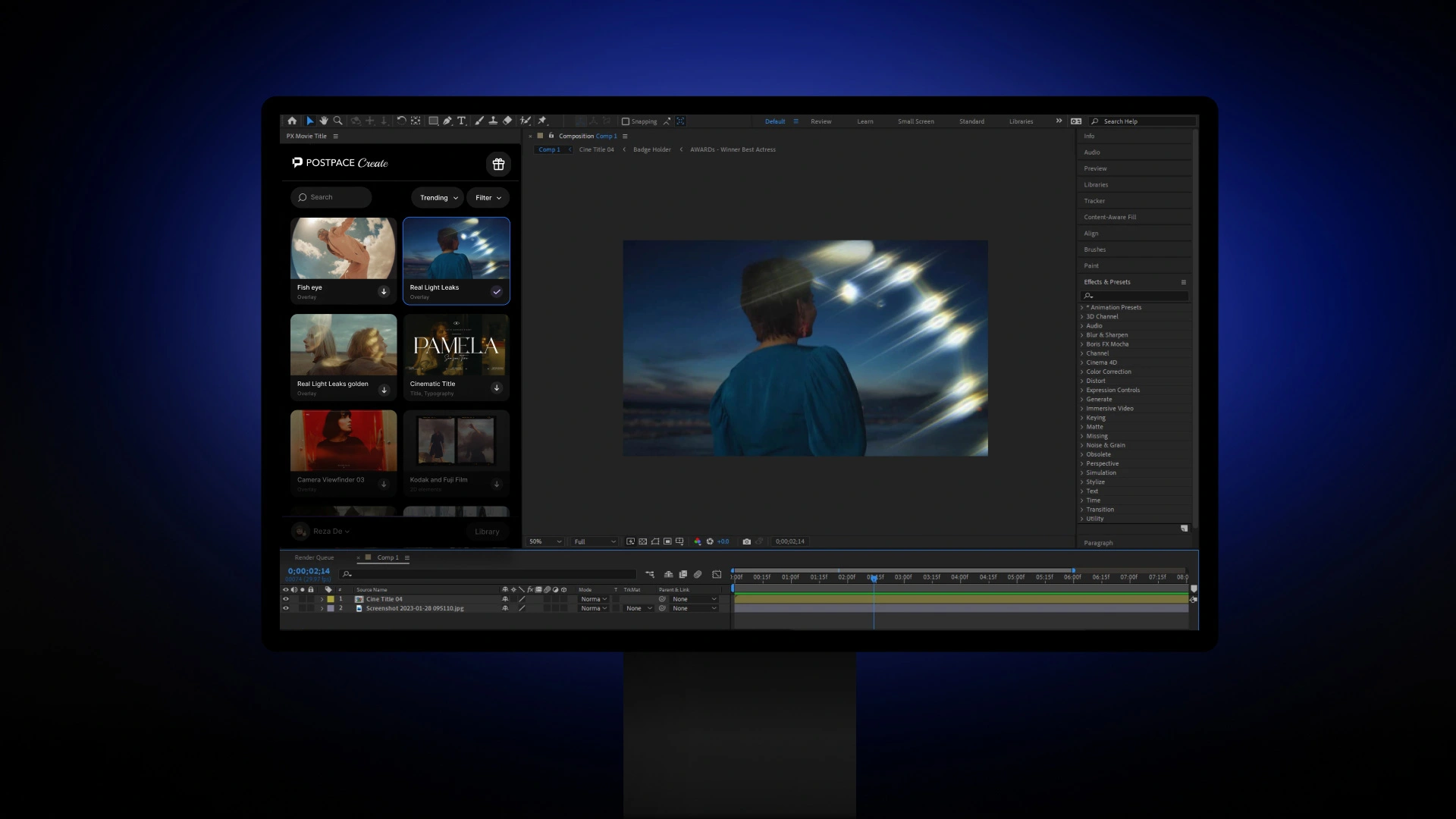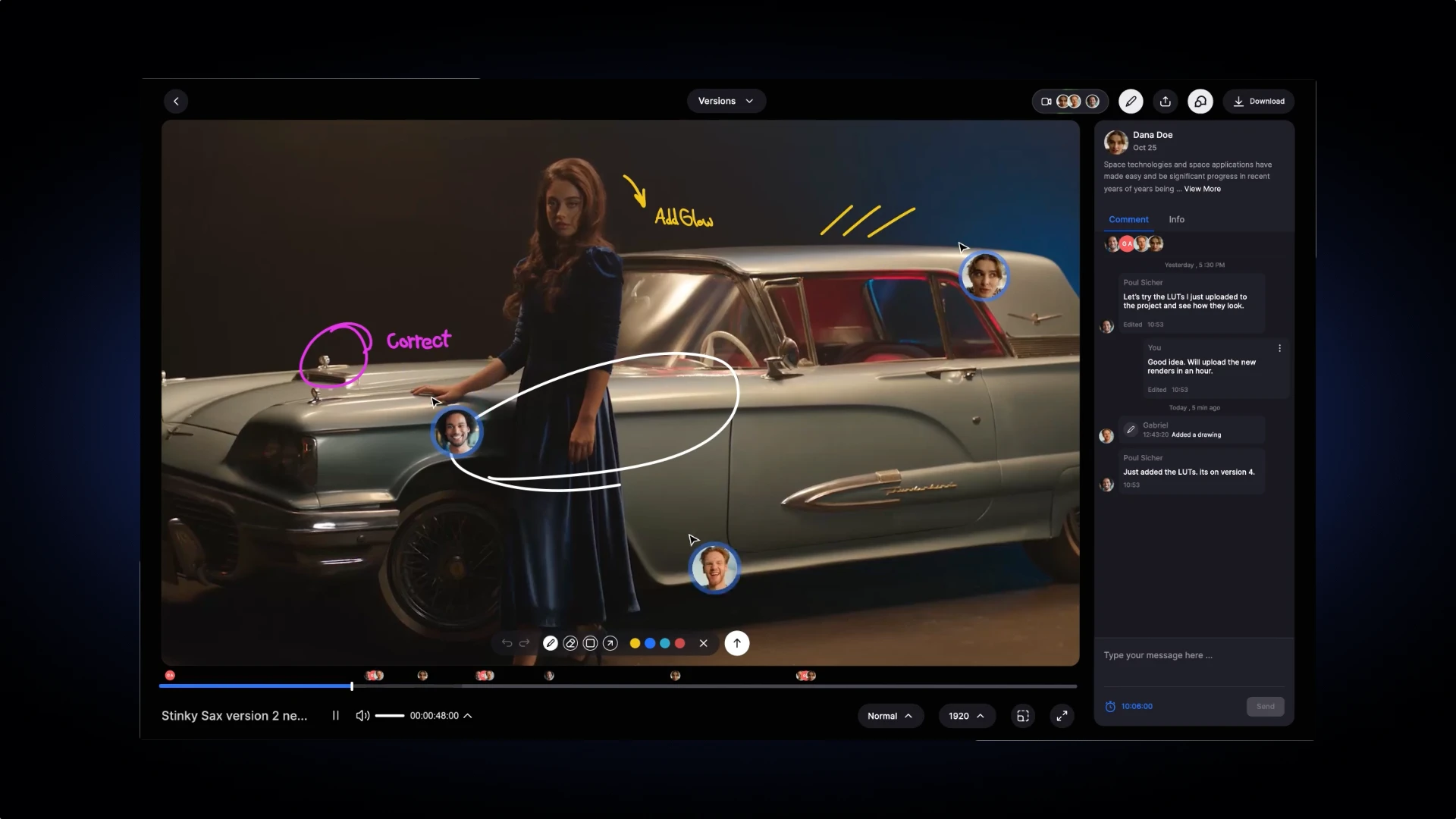Poor Recording
Like many other art-related fields, you should start doing your thing right from the production stage. In this case, in order to get high-quality sound, you need to use good sound equipment. A good microphone can separate the dialogue from the background noise so you can easily remove the noise in post. It captures enough quality of the sound that reduces the time you might spend on improving the sound. And it’s this clear and strong sound that allows you to use soundtrack freely without your dialogue being faded out.

Stereo Dialogues
When you record the audio from two or more channels, you’re capturing stereo audio. Therefore when playing the stereo audio track, the sound comes from different spots. While it’s not natural for dialogue as we hear a person’s voice from one spot. That’s why it’s better to use mono for dialogues because it has one channel. Music and sound effects, on the other hand, are better to be in stereo mode. That’s how sound designers create a 3D sound that’s matched with the sound localization system of our brain.
Environmentally Unrelated Sounds
Sounds are affected by the place they’re playing at. Take the sound of walking. The sound is different when you’re walking in a tunnel comparing to the sound of your steps when walking on the street. If you listen carefully, you’ll notice the kind of effect you need to use to get the sound closer to the environment you’re capturing your film in. effects like echo and reverb are useful ones to create special environmental simulations.

Too Much For Post
And now we go back to the common sentence, “I will fix it in post”. This is a common mistake that many filmmakers make especially when dealing with sound. Yes, some auditory problems like noise can be solved in the post-production stage but not everything. You can’t make a sound louder and clearer that actually isn’t there. So filmmakers shouldn’t rely on post-production fixing too much. This is where the first point is important. Recording professionally with high-quality equipment.
Improper Sound Mixing
Many filmmakers don’t take advantage of using a good mix to give depth to their sound design. They usually just pay attention to the dialogues and some simple sound effects while a good sound mix upends the production value of a film for the better. While they can get a pro sound mixer, they decide to use basic settings. Needless to say that there are problems in some simple mixing as well. A common mistake in mixing is to leave all the audio levels to be the default zero while sound effects should be lower than dialogues or dialogues need to be louder in some parts. So they should be manipulated in audio gain to be low enough to avoid sound distortion and loud enough to be clearly heard.

Inconsistent Background Sounds
Every place has a background sound. An office has the street background sound, while a farm has wind or bird’s singing background sound. When recording the film on set, some filmmakers forget the effect of the consistent background and only pay attention to the dialogues. That’s why many professionals recommend having at least thirty seconds of what they call the room tone. It’s capturing the environmental sound when everyone is silent, to be able to add it to the dialogues when you miss the background sound. Inconsistent background sound will reveal the cut in the story and ruins the smoothness of the story your audience is engaging in.



